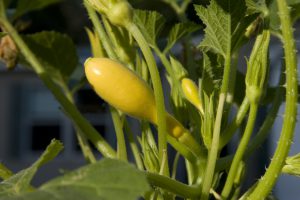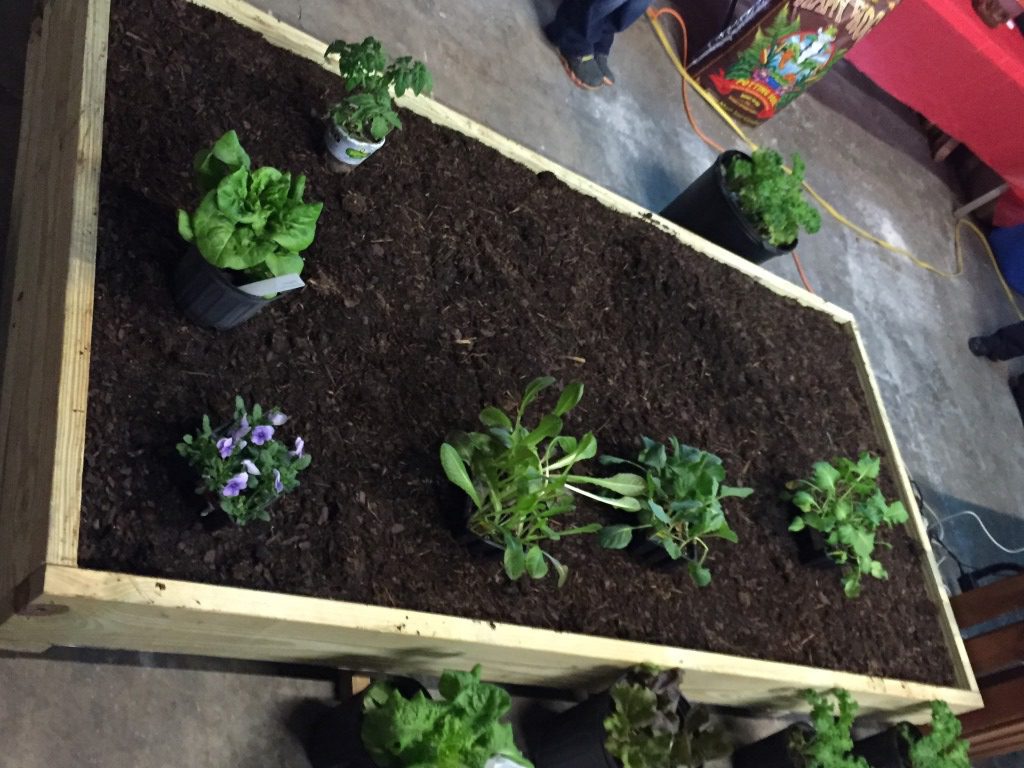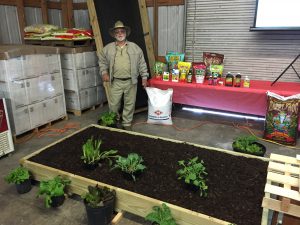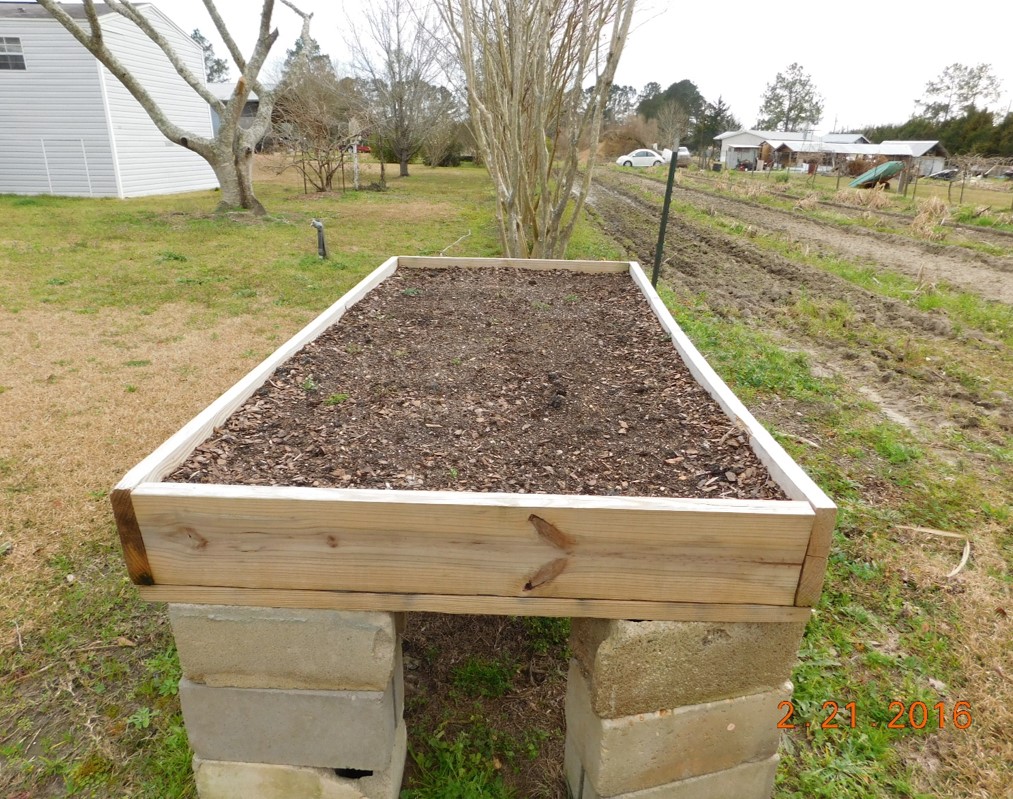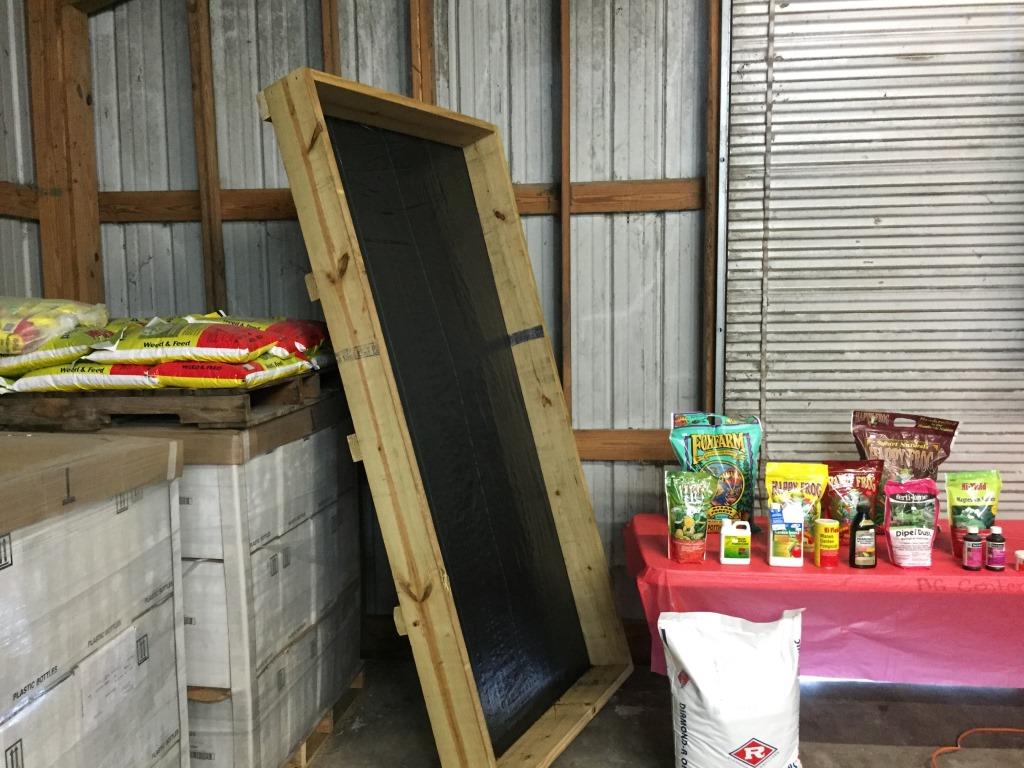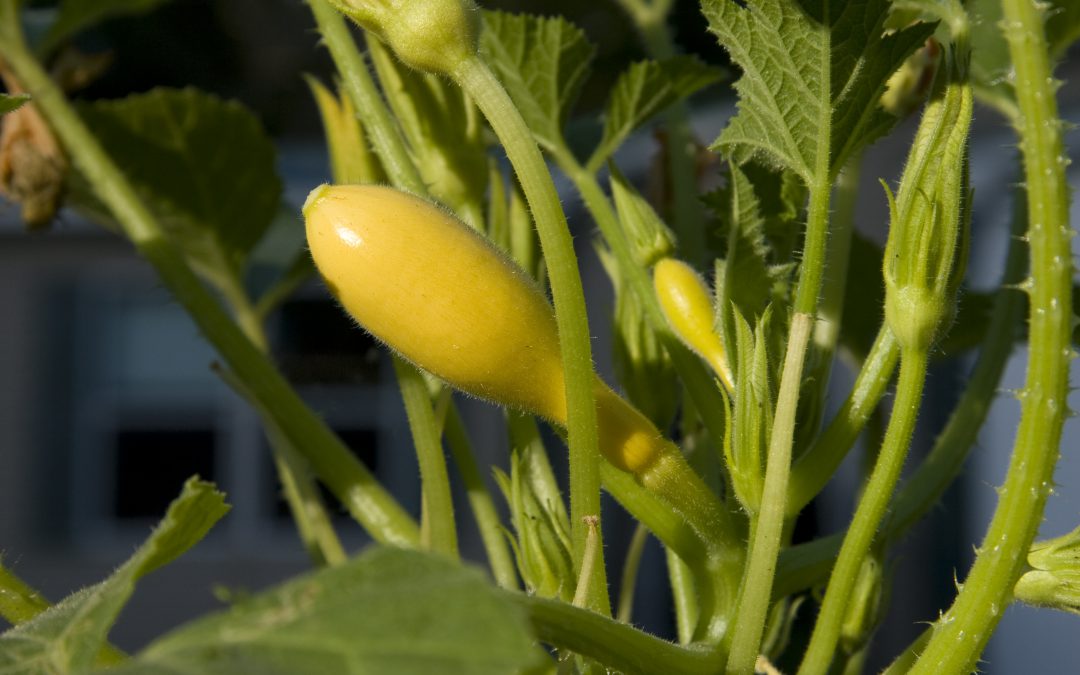
Spring Vegetable Gardening in the Florida Panhandle
The weather is warmer and plans and planting for spring vegetable gardens are in full swing. Last week many vegetable gardening topics were addressed in our Gardening in the Panhandle LIVE program. Here are all the links for all the topics we discussed. A recording of last week’s webinar can be found at: https://youtu.be/oJRM3g4lM78
Getting Started
The place to start is with UF’s ever popular and comprehensive Florida Vegetable Gardening Guide https://edis.ifas.ufl.edu/pdffiles/VH/VH02100.pdf
Many viewers expressed interest in natural methods of raising their crops. Take a look at Organic Vegetable Gardening in Florida https://edis.ifas.ufl.edu/pdffiles/HS/HS121500.pdf
The Square Foot Vegetable Planting Guide for Northwest Florida helps plan the layout of your garden https://sfyl.ifas.ufl.edu/media/sfylifasufledu/leon/docs/pdfs/Vegetable-Square-Foot-Planting-Guide-for-Northwest-Florida-mcj2020.pdf
Maybe you would like the convenience of starting with a fresh clean soil. Gardening in Raised Beds can assist you. https://edis.ifas.ufl.edu/ep472 Also see Gardening Solutions Raised Beds: Benefits and Maintenance https://gardeningsolutions.ifas.ufl.edu/design/types-of-gardens/raised-beds.html
Here is a guide to Fertilizing the Garden https://edis.ifas.ufl.edu/vh025
The Florida Panhandle Planting Guide will help you decide what to plant and when: https://www.facebook.com/SRCExtension/posts/4464210263604274
The Ever-Popular Tomato
To start your journey to the best tomatoes, start with UF/IFAS Gardening Solutions – Tomatoes https://gardeningsolutions.ifas.ufl.edu/plants/edibles/vegetables/tomatoes.html
If you are looking to grow in containers: https://sfyl.ifas.ufl.edu/media/sfylifasufledu/leon/docs/pdfs/Container-Gardening-Spacing-Varieties-UF-IFAS-mcj2020.pdf
Vegetable grafting is gaining in popularity, so if interested, look at this Techniques for Melon Grafting: https://edis.ifas.ufl.edu/hs1257
Blossom end rot occurs when irrigation is irregular and the calcium in the soil does not get carried to the developing fruit. The U-Scout program has a great description of this common problem: https://plantpath.ifas.ufl.edu/u-scout/tomato/blossom-end-rot.html
Our moderators talked about some of their favorite tomato varieties. Josh Freeman is partial to Amelia, a good slicing tomato. Matt Lollar shared some of the best tomato varieties for sauce: Plum/Roma types like BHN 685, Daytona, Mariana, Picus, Supremo and Tachi. For cherry tomatoes, Sheila Dunning recommended Sweet 100 and Juliette.
Whatever variety you choose, Josh says to pick when it starts changing color at the blossom end and bring it indoors to ripen away from pests.
Garden Pest Management
Let’s start with an underground pest. For those of you gardening in the native soil, very tiny roundworms can be a problem. Nematode Management in the Vegetable Garden can get you started: https://edis.ifas.ufl.edu/pdffiles/NG/NG00500.pdf
Leaffooted bugs are quite a nuisance going after the fruit. Here is how to control them: http://extension.msstate.edu/newsletters/bug%E2%80%99s-eye-view/2018/leaffooted-bugs-vol-4-no-24
Cutworms are another frustration. Learn about them here: https://nwdistrict.ifas.ufl.edu/hort/2020/02/27/cutworms-the-moonlit-garden-vandals/
Maybe your tomatoes have gotten eaten up by hornworms. https://gardeningsolutions.ifas.ufl.edu/care/pests-and-diseases/pests/hornworm-caterpillars.html
There are beneficial creatures helping to control the pest insects. Learn to recognize and conserve them and make for a healthier environment. Natural Enemies and Biological Control: https://edis.ifas.ufl.edu/pdffiles/IN/IN12000.pdf
If the beneficials are not numerous enough to control your pests, maybe a natural approach to pest control can help. Natural Products for Managing Landscape and Garden Pests in Florida: https://edis.ifas.ufl.edu/in197
Fungal and bacterial problems can also plague the garden. Go to Integrated Disease Management for Vegetable Crops in Florida for answers: https://edis.ifas.ufl.edu/pdffiles/PP/PP11100.pdf
Get control of weeds early and consult Controlling Weeds by Cultivating & Mulching https://hgic.clemson.edu/factsheet/controlling-weeds-by-cultivating-mulching/
Companion planting is a strategy that has been around for ages and for good reason: https://www.almanac.com/companion-planting-chart-vegetables Some good flowering additions to the garden that Sheila talked about are bee balm, calendula, marigold, nasturtiums, chives, and parsley.
And Some Miscellaneous Topics…
Peppers are another popular crop. Get some questions answered here: https://aggie-horticulture.tamu.edu/archives/parsons/vegetables/pepper.html
When can we plant spinach in Northeast Florida? http://blogs.ifas.ufl.edu/nassauco/2017/07/15/q-can-plant-spinach-northeast-florida/
Figs are a great fruit for northwest Florida. Get started here: https://edis.ifas.ufl.edu/pdffiles/MG/MG21400.pdf and with this https://aggie-horticulture.tamu.edu/extension/homefruit/fig/fig.html

